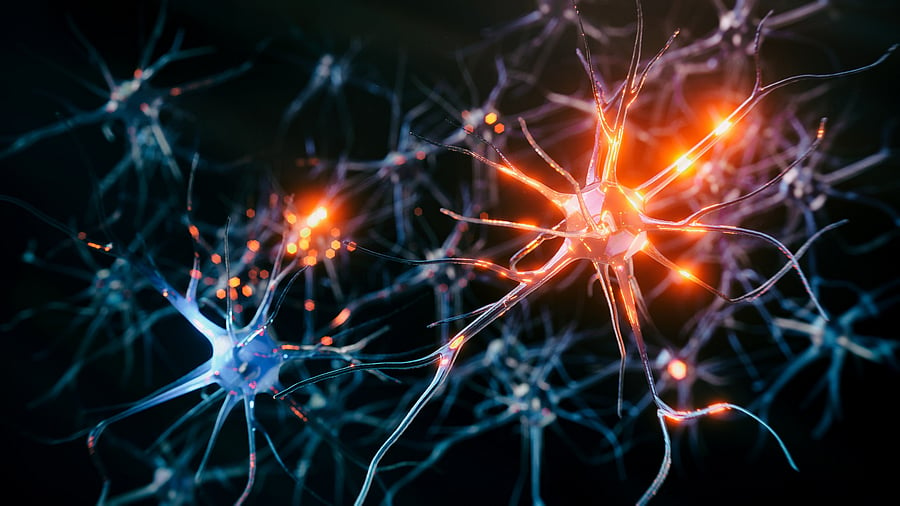
Representative image.
Credit: iStock Photo
Neuroscientists from Bengaluru have opened up a new window to develop a medicine against chronic pain – an ailment notoriously difficult to treat – by offering a fresh potential drug target and an improved AI-enabled animal behaviour model to aid in the testing of new painkillers in the laboratory.
The study by researchers at the Indian Institute of Science is one of the first few in the world that automates the behavioural analysis of the mice used in experiments to test the efficacy of new molecules against chronic pain.
“We applied artificial intelligence to understand the chronic pain behaviour in mice,” team leader Arnab Barik, a scientist at the Centre for Neurosciences at the IISc told DH, noting that such an automated behaviour analysis provides better information to the researchers if a mouse is in pain or not.
Pain is the most common reason people seek health care and the leading cause of disability in the world. Chronic pain has been defined as pain that persists or recurs for longer than three months, and it exerts an enormous personal and economic burden, affecting more than 30% of people worldwide.
According to a recent Lancet study, lower back pain is the leading cause of years lived with a disability worldwide accounting for 7% of such years while neck pain is the fourth leading cause accounting for 2% of all years lived with a disability.
However a number of drug development programmes for pain at pharmaceutical companies have shuttered due to failures at clinical trials, and a major reason behind these failures is false positives arising from poor understanding of mouse and rat behaviour when the drugs were initially tested.
Since mice and rats have very similar genetic and neural architecture as humans, they serve as intermediaries to bring pain medicine to the clinic and are critical for drug development. A human analysis, however, comes with large error margins that can be avoided significantly with automation.
The IISc scientists carried out a ‘hot plate experiment’ in which animals were exposed to hot or cold temperatures and used machine learning to observe their behaviour.
“We demonstrated that by tracing the position of the nose over time in a pain test, we can study how the mice experience painful temperature. We used machine learning algorithms to automate the behavioural analytic processes,” Barik said.
This, the authors observe, can lead to much better animal models for chronic pain – a key step behind the successful development of new painkillers.
The researchers combined AI-enabled tools with optogenetic technology (switching on the cells with light stimulus) to simultaneously look at the neurons responsible for processing the sense of pain in the brain.
They found a few hundred neurons that play the most critical role in generating the feeling of pain. “New potential drugs could be molecules that can manipulate those neurons. Studying these neurons can provide vital clues on pathways that regulate the perception of pain,” Barik said.
The study was published in the journal Neuroscience earlier this month.
